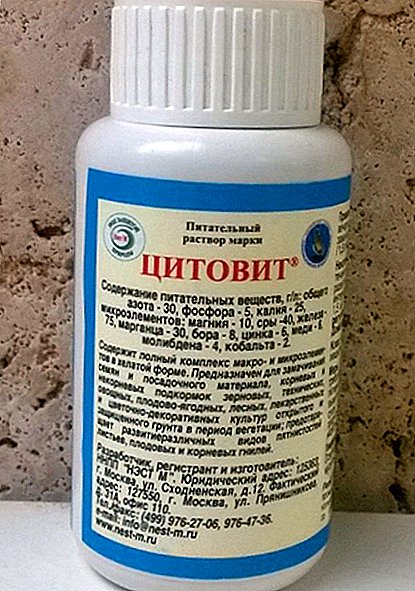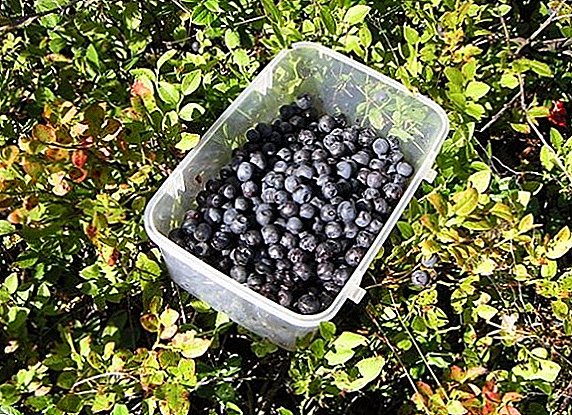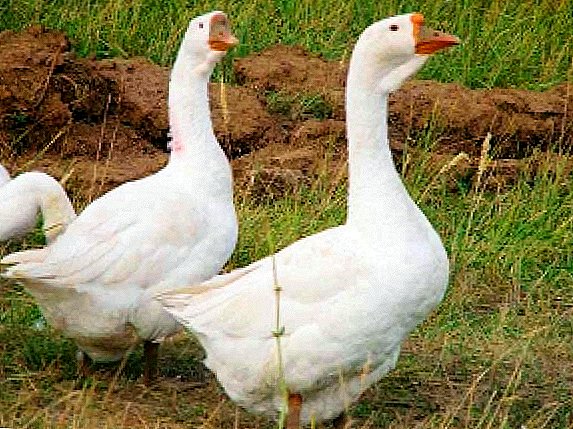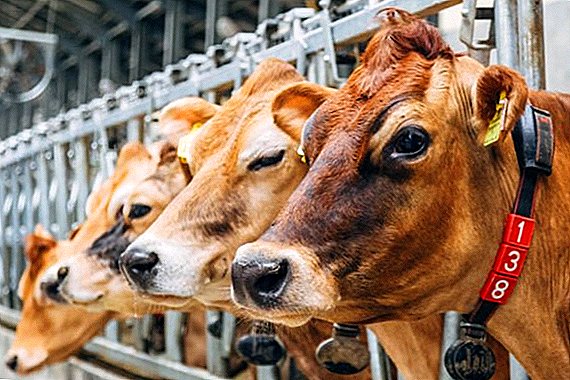 Mycoplasmosis is one of the most common diseases of cattle, which in most cases leads to the death of the animal. There is an effective scheme to combat this disease, but the success of treatment depends entirely on the diagnosis of the disease in its early stages. The features of this disease and its treatment will be discussed in the article today.
Mycoplasmosis is one of the most common diseases of cattle, which in most cases leads to the death of the animal. There is an effective scheme to combat this disease, but the success of treatment depends entirely on the diagnosis of the disease in its early stages. The features of this disease and its treatment will be discussed in the article today.
What is this disease
Mycoplasmosis is an infectious disease of cattle caused by the unicellular bacterium of mycoplasma. Late treatment can cause substantial economic damage - up to 15% of the herd dies from mycoplasmosis.
Important! Mastitis, endometritis, vulvovaginitis, salpingitis, abortion, infertility and the birth of premature and underdeveloped calves can be the first signs of incipient mycoplasmosis.
Sources and routes of infection
Mycoplasmas are distributed by airborne droplets. The main source of infection - a sick animal, acquired in the economy. Often, carriers of the disease become small rodents and insects.
There are a number of factors that contribute to the development of this disease:
- high humidity in the calf;
- poor diet;
- poor immunity of livestock;
- failure to comply with hygienic standards in the care of animals.

Symptoms and course of the disease
Mycoplasmosis has the following symptoms:
- the cow's body temperature rises and keeps constantly at the level of + 40-41 ° С;
- nasal mucus begins to flow profusely, the animal often sneezes;
- breathing becomes difficult, a cough appears in the cow;
- the animal's eyes turn red;
- the individual becomes apathetic and refuses to eat;
- milk yield drops significantly, milk becomes yellow and changes its texture;
- animals begin to limp due to inflammation in the joints and wrists and the formation of fistulas there.
Diagnostics
For the diagnosis of animals inspect, study the clinical manifestations of the disease.
Important! Young individuals at the age from 15 to 60 days are especially vulnerable to the disease.Excretions and affected tissue are examined in the laboratory. Mycoplasmosis detected on the basis of data obtained by the method of polymer chain reaction (PCR).

How to treat
Combined therapy to combat mycoplasmosis includes:
- antibiotics;
- immunostimulants;
- expectorants;
- vitamins.
Chlamydia, nodular dermatitis, brucellosis, udder warts, EMCAR, bluetangus, leptospirosis, malignant catarrhal fever, anaplasmosis, parainfluenza-3, and actinomycosis are also considered as infectious diseases of cattle.
Antibiotics are used both intramuscularly and orally or in the form of aerosols. The latter are effective in massive infection of cattle.
In the fight against mycoplasmosis, use the following drugs:
- "Tetracycline";
- "Levomitsetin";
- "Tetravet";
- Enroflon;
- "Biomutin";
- "Dibiomycin".

To stimulate sputum discharge, expectorant drugs and mucolytics should be included in the treatment regimen. It is possible to increase the immunity of an animal with the help of vitamins of group B, globulins and plant immunostimulants, for example, eleutherococcus.
Did you know? The harm from cows manure and intestinal gases is many times greater than the damage that cars cause to the environment.
Prevention and vaccine against mycoplasmosis
Preventive measures to combat the disease consist of the following activities:
- precise control over the animals that are imported to form the herd;
- refusal to cooperate with dysfunctional mycoplasmosis farms;
- quarantined cows kept at the farm for at least one month. During this time it is necessary to examine animals, paying special attention to the respiratory system;
- the barn should be subject to regular deratization and insect treatment;
- when a case of infection is detected, the sick animal should be isolated, and all individuals that have come into contact with it should be treated with antibacterial agents;
- when mycoplasmosis is detected, the barn, equipment, drinkers and feeders are disinfected;
- creation of optimal conditions for the maintenance of cattle.
 Vaccination especially from mycoplasmosis in most cases does not lead to the desired result. For a complex vaccine that is effective in combating mycoplasma, it is better to consult with a veterinarian.
Vaccination especially from mycoplasmosis in most cases does not lead to the desired result. For a complex vaccine that is effective in combating mycoplasma, it is better to consult with a veterinarian.Did you know? Bulls do not distinguish colors. During bullfighting, the bull angers not the red color, but the sharp movements of the bullfighter.Mycoplasmosis is a dangerous disease, so it is important to constantly monitor the condition of the herd and, at the first suspicion of its presence, contact the veterinary service. Timely diagnosis and proper treatment will help preserve the health of the population. And keeping and caring for cows, organized according to all the rules and requirements, will be the best preventive measures.












